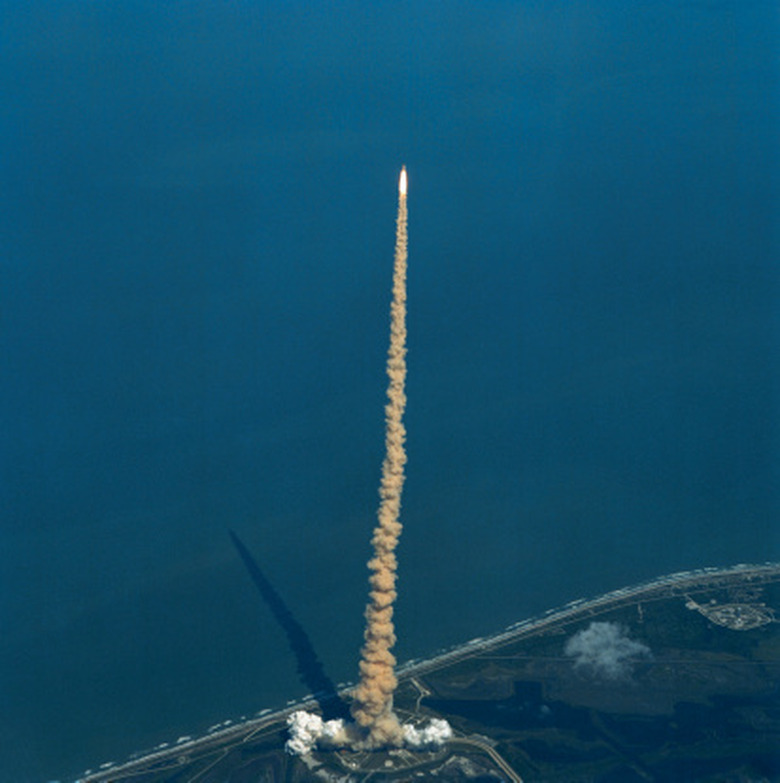Facts About Water Bottle Rockets
Water bottle rockets are enjoyed by both children and adults. Launched in backyards and at science fairs, they sometimes include special effects. These simple devices have even broken some aeronautical records, at least against other water rockets. A look at their uses and effects can give you a better idea about the rockets and what is fun about sending them hurtling towards the sky.
Uses
Uses
Often, schools make use of water rockets to educate students about the basic idea behind aeronautics. Different designs exist throughout the Internet so teachers can get some ideas for how they want them to look for demonstrations. At science fairs, water bottle rockets are prominent features. Onlookers can witness the acceleration and thrust principles participants wish to display with these devices.
Construction
Construction
Usually, 2-liter bottles are used as water rockets. The rocket sits on a base which is part of a connected launcher. A tube leads from the launcher's air pump to the rocket base and pushes air up into the water rocket. Enthusiasts must be sure to place the open end of the water bottle they are using over the tubular rocket base. The line from the pump pushes air into the tube to launch the rocket. The soda bottle is filled with some water, which works as the propellant. The amount used depends on how much thrust the rocket enthusiast wants his rocket to achieve. Water is much heavier than air, so the water that is expelled creates a much greater thrust during launch than just using compressed air. The base of the bottle is always larger than the tube used to launch it. When it is put on its launching tube, the tube becomes a vessel for closed pressure. Whatever amount of air the pump creates is the amount of compressed air traveling through the tube. The air pushes and launches the rocket, which, depending on the amount of water used, flies to variant heights. Kits are available for rocket hobbyists providing all that they need.
Effects
Effects
Even a plastic water bottle rocket could benefit from enhancements, which is what special effects provide. Glow sticks could be added to the rocket, and an LED display could give it a very scientific look as it blinks in its rise and during its descent. Of course, such effects will have the best presence at night.
Records
Records
Water bottle rockets have broken some records: 200 kilometers per hour is the fastest recorded speed of a water rocket, a velocity that has not been surpassed. For highest altitude, a water rocket launched in 2004 achieved a height of more than 300 feet.
Cite This Article
MLA
Parducci, James. "Facts About Water Bottle Rockets" sciencing.com, https://www.sciencing.com/water-bottle-rockets-8538291/. 24 April 2017.
APA
Parducci, James. (2017, April 24). Facts About Water Bottle Rockets. sciencing.com. Retrieved from https://www.sciencing.com/water-bottle-rockets-8538291/
Chicago
Parducci, James. Facts About Water Bottle Rockets last modified August 30, 2022. https://www.sciencing.com/water-bottle-rockets-8538291/
